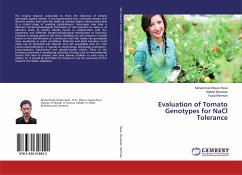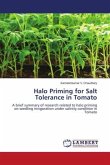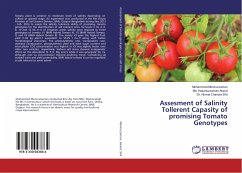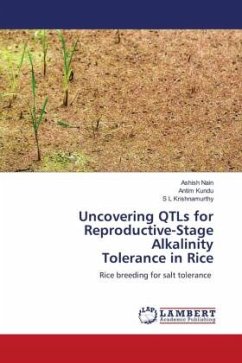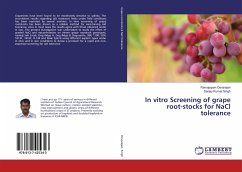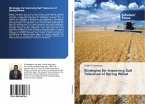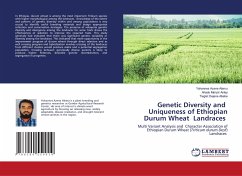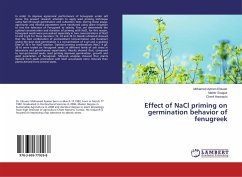The original research conducted to check the tolerance of tomato genotypes against salinity. It was hypothesized that cultivated tomato and advance tomato lines have the ability to tolerate higher salinity particularly at a critical stage of seedling establishment. Genotypes may have a different morpho-physiological mechanism of salt tolerance at same or at different levels of salinity. Results found in collaboration with the hypothesis and different morpho-physiological mechanisms of tolerance revealed at varying levels of salt stress. Breeding for salt tolerance is totally based on the identification of a particular trait that makes the germplasm more productive in saline conditions. Botanists and plant breeders could make use of identified salt tolerant and salt susceptible lines for next precise experimentation in regards to morphology, physiology, proteomics, transcriptomics, biochemical and genetics-based studies. Most of the farming community in developing countries is facing a lot of environmental factors that lead to stresses and most diverse problem to each crop is salinity. So, it would be profitable for farmers to use the outcomes of this research and follow objectives.
Bitte wählen Sie Ihr Anliegen aus.
Rechnungen
Retourenschein anfordern
Bestellstatus
Storno

